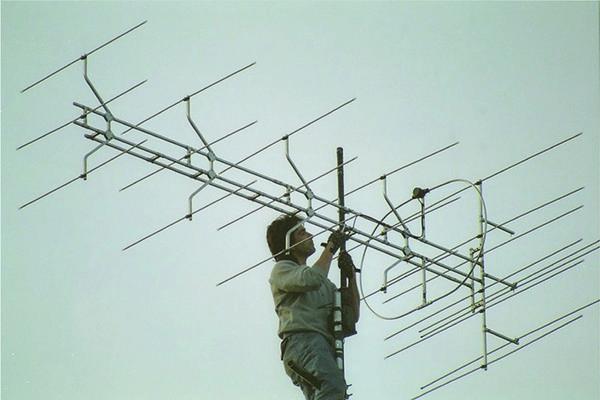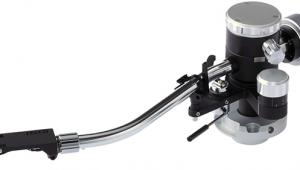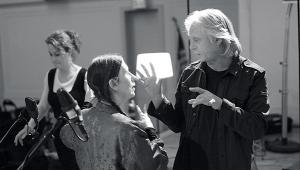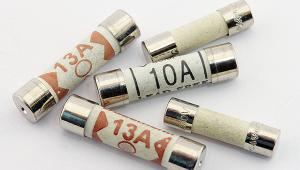Radio Changes

A few decades ago, FM radio transmissions - particularly those on BBC Radio 3 - were an excellent way to hear music with a very high level of sound quality. Sadly that has been eroded over the years due to a number of changes, which have occurred for various reasons.
One has been the loss of many highly capable people within the BBC who were excellent audio engineers and ensured that audio quality was kept high. Another has been the growth of 'competition' in the forms of DAB, then DAB+, Internet streaming and downloads. Variety and choice have increased, but all too often, so has the level of audio compression and 'tarting up' by systems that try to catch the ear of more casual listeners.
On The Level
The rise in 'outsourced' programmes can play havoc with sound levels. This is particularly obvious on 'podcast versions' of BBC broadcasts, which may be 'topped and tailed' with add-on sections promoting other podcasts, etc - sometimes at an ear-bashingly different sound level to the main programme! Despite this, FM can at times still provide excellent results, particularly for those prepared to get and use a good tuner and antenna, although this in itself can lead to various puzzles that can be overlooked very easily.
One showed up for me recently when I tried out a couple of radio tuners that could receive VHF, DAB, and DAB+. Each tuner only had one RF input socket. This puzzled me because VHF and DAB in the UK use very different radio frequencies/wavelengths and thus nominally need quite different antennas for good reception. I'd been using two different tuners for VHF and DAB - each fed by its own antenna designed for the relevant RF band. In professional radio, a 'diplexer' circuit would be used to combine the outputs from two antennas and deliver a signal.
Donkey Work
However, the good news is that digital broadcasting tends to be quite tolerant of poor RF signal levels. So I found that the feed from the VHF antenna in our loft also worked okay for DAB/DAB+. Whereas trying to use a simple DAB dipole in the room was okay for DAB/DAB+ but audibly degraded VHF audio.
I can only wonder if the makers take this for granted, though, because they provided a minimal 'half-dipole wire' antenna with cable. This probably works for DAB/DAB+, but for VHF/FM it's like expecting a hard-working donkey to survive happily when fed little more than a strawberry per day!
While going though the above process I also started to wonder how other remaining hi-fi users of VHF/FM broadcasts choose and install their antennas. It is generally known that it can be useful to get a multi-element 'Yagi' type of VHF antenna to maximise the RF level into your tuner. The main figure people judge this on is the stated 'gain' of the antenna. The snag here is that the greater the antenna gain you deploy, the bigger the antenna has to become. And that means heavier, as well as being a bigger 'roosting place' for birds and more 'wind loading' if positioned up above the roof.
That in turn tempts some users to see if they can fit a huge VHF antenna in their loft. But - surprise! - there is a potential hidden snag here as well.
Making Space
High-gain antennas are also more sensitive to things being around them to their sides, above, and below. So, to work as advertised, they may need more empty space around them than is provided by squeezing them into a loft. The result will be less signal than if you'd located the antenna in clear air well above your roof.
So, in the end, does streaming make more sense? Maybe, but I for one still enjoy FM radio for Radio 3, etc, and DAB/DAB+ for speech. It's just a shame that tuners like Yamaha's CT-7000 are long gone as a product you can buy new.



















































